When I was going to for Horticultural training the thing I missed the most was walking in the woods like I could do at Home. I had come from a rural area to a verge large city to go to school and going for a walk was a way to relieve tension from my studies. There was a small park at the end of my street which was undeveloped and I would visit there and find new(to me) plants which where native to the area. One plant I came across looked kind of familiar, like a Heuchera but different, as it turns out it was a close relative. Tellima grandiflora (Fringe Cups) is related to several well-known garden plants and should be seen more in gardens.
I always am interested in what the botanical latin name of a plant means and how it might relate to it. In the case of Tellima it turns out to be an anagram of another plant which is closely related to it: Mitella. I have found no information on why an anagram was chosen for its name. Another case I know of is for a species of cactus Lobivia which is an anagram of the country which it is found in Bolivia. Grandiflora is not at all unusual and refers to the large flowers.
Tellima grandiflora is a plant which grows in the woodlands and dappled light of the Pacific North-west from Alaska through British Columbia, Washington, Oregon into Northern California. This is generally a plant of coastal areas and along the mountains that run just inland. They are also found in the inland wet stripe running through eastern B.C., Washington, north Idaho and Montana. Here on Vancouver Island it is a common site along roadsides and is often mixed with other plants such as Tiarellas, Sedges and Ferns.

Here at U.B.C. Botanical Gardens the Tellima grandiflora grow wild as a natural groundcover in the Asian Garden.
Tellima grandiflora comes from the Saxifragaeae which has given us many familiar garden plants such as Saxifraga, Heucheras, Tiarella and Fragaria (Strawberry). All of these species have been hybridized and are well used in the garden. Tellima grandiflora may have been hampered in its acceptance because it is a is the only species of the genus and is not represented in any other form in the world. There are records of crosses between Tiarella and Tellima being found as well as that of Tolmeia menziesii crosses but none of these have been seen as worth being developed as they have much smaller flowers than Fringe Cups and the foliage is not unique enough. Only recently has been offered a named Tellima grandiflora ‘Forest Frost’ which to me looks like it probably is mis-named and is fact a cross with a Heuchera. It will be interesting to see what comes of this new plant.
Tellima grandiflora for the most part is a well-behaved garden plant. It self-sows in place that it is happy, if this is not wanted all that is needed is to remove the spent flower wands soon after they finnish blooming. It can be somewhat short-lived like many members of the Saxifragaeae family are, therefore i usually keep a few seedlings about to replenish older plants and I like how they will pop up in my pots of Hostas and amongst the hardy Geraniums. Fringe Cups make a good addition to the garden and its foliage and flowers work well in spring when other plants are slow to emerge.

This accidental combination of Meconopsis cambrica, Tellima grandiflora and Claytonia sibirica is charming and bright at the same time.
Tellima grandiflora is an easy adaptable plant to have in your garden. It like rich, humusy soil which retains moisture well during the dry months of summer. It like dappled positions and will bloom admirably in more shady situations. In overly sunny sites it often has more yellowed foliage and is smaller in its overall stature. This last winter was colder than usual and Fringe Cups came through in great form, no damage is done to the foliage and steady growth is seen in the earliest spring. These plants are typically 60 cm.(2 ft.) high and 45 cm. (18 in.) wide but may be slightly large or smaller depending on conditions. They are rated as tolerating -20c.(-4 f.) which is suspect is with much snow cover. Here the extreme cold might get to be – 15 c. (5 f.) with the wild chill added and they do not suffer.

Tellima grandiflora is incorporated into several gardens at Government House in Victoria. Here it is the Cutting Flower Garden.
Fringe Cups can be used in a variety of ways in the garden. I have seen them used as accents, mass planted, in woodland and more formal settings. They fit into fragrant gardens and ones for cut flowers as well as shade and winter gardens. They also make an excellent mass planting and blend in well with many damp tolerant plants. their delicate flowers on tall stems have an amusing effect against very bold foliage. These plants are much better known in Europe than they are here and we should start changing that.
T is for Tellima:
Rainyside has a good page: http://www.rainyside.com/features/plant_gallery/nativeplants/Tellima_grandiflora.html
In case you are wondering about anagrams: http://www.anagramsite.com/cgi-bin/getanagram.cgi
Washington Native Plant Society page on Tellima: http://www.wnps.org/plants/tellima_grandiflora.html
…………..See you on the trails leading here soon………..



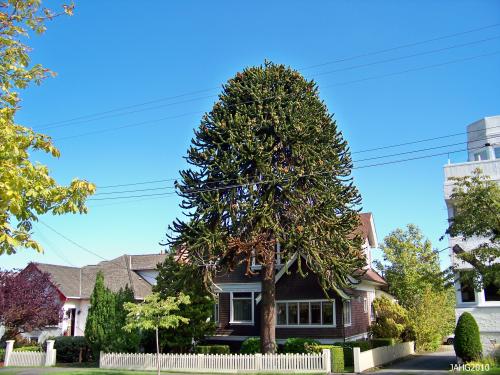
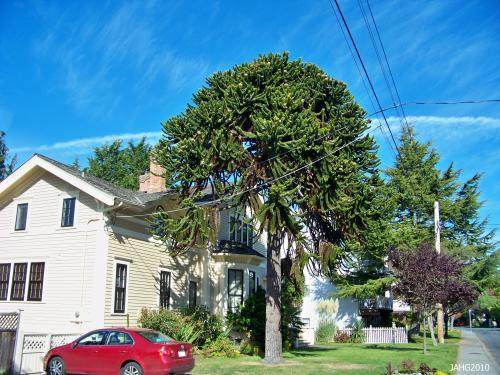
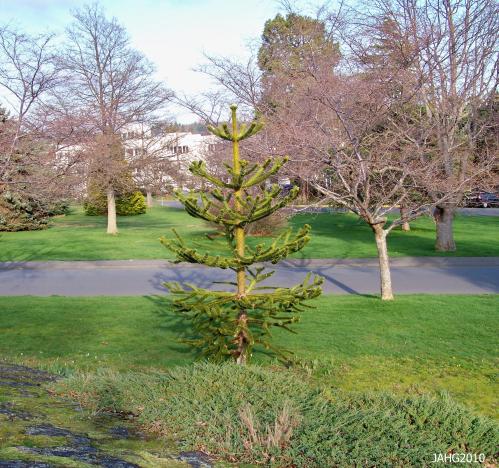
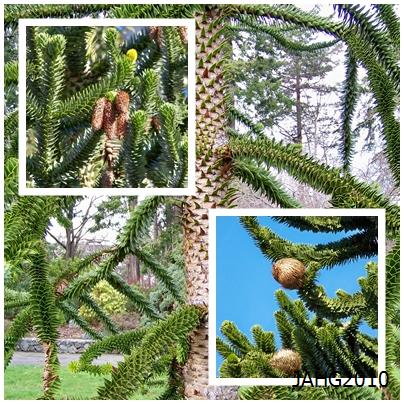
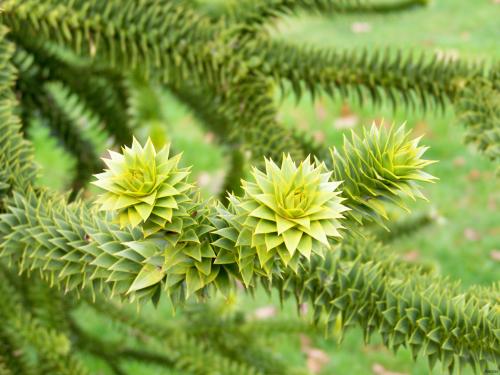
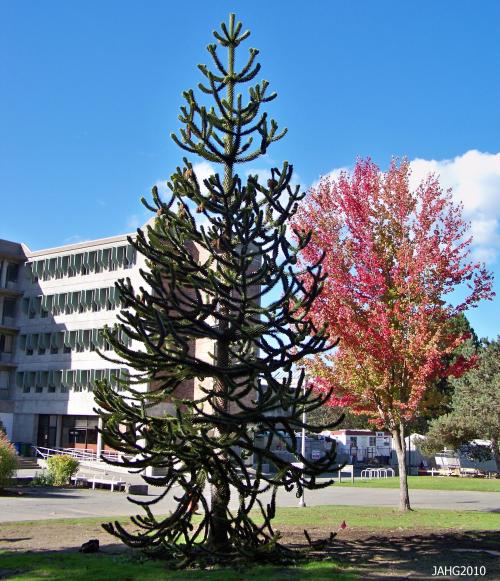
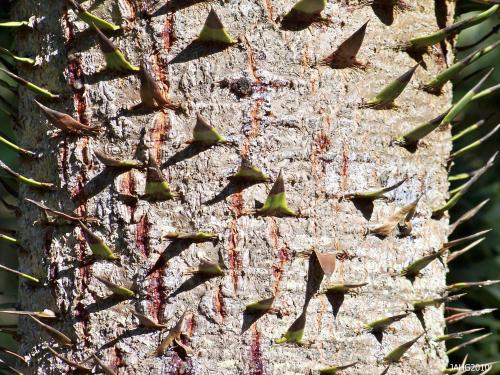

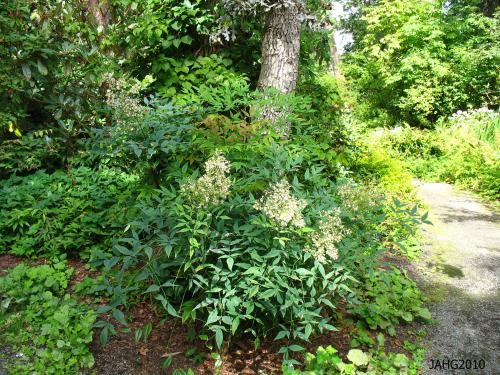
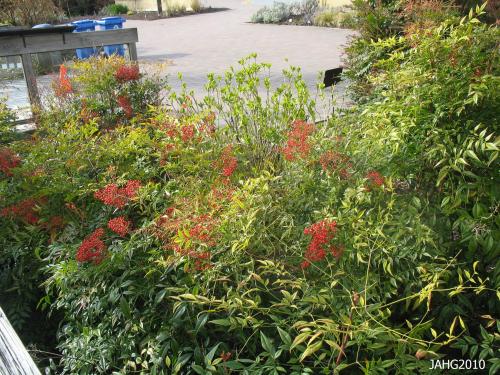
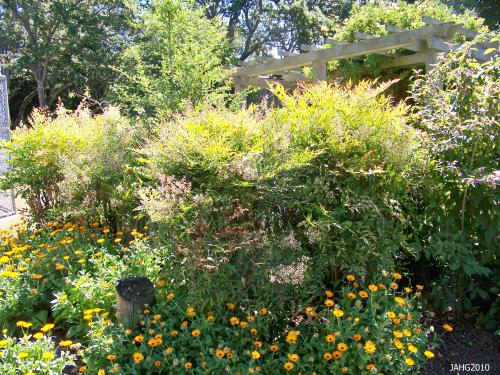
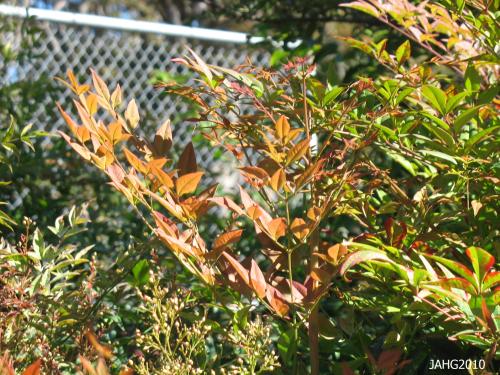
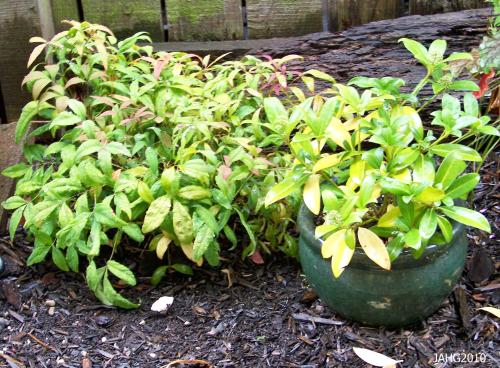
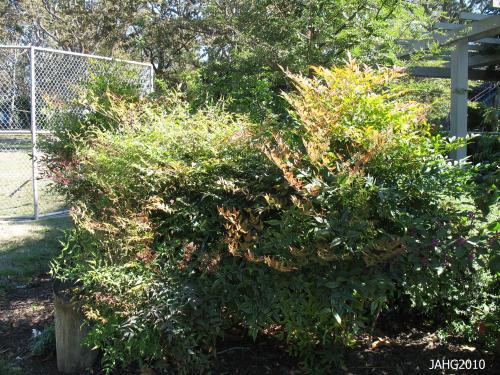







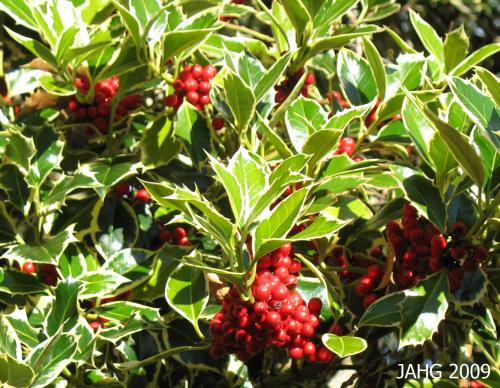




























 Stumble It!
Stumble It!






